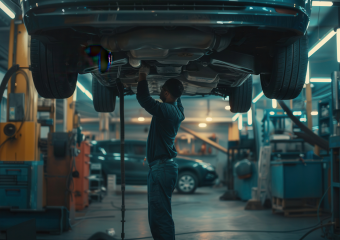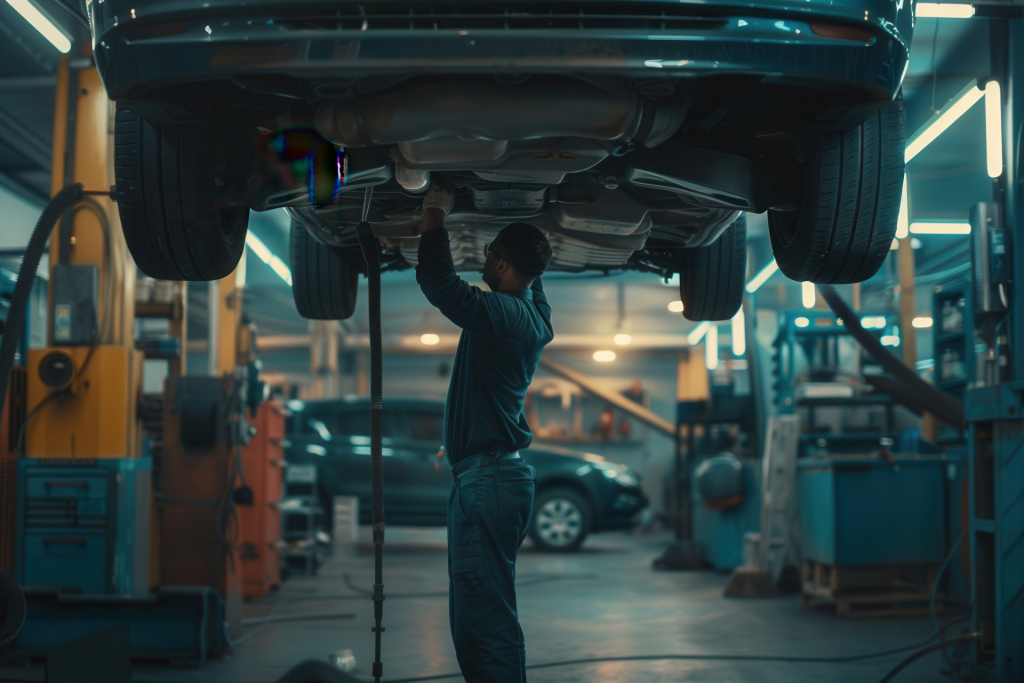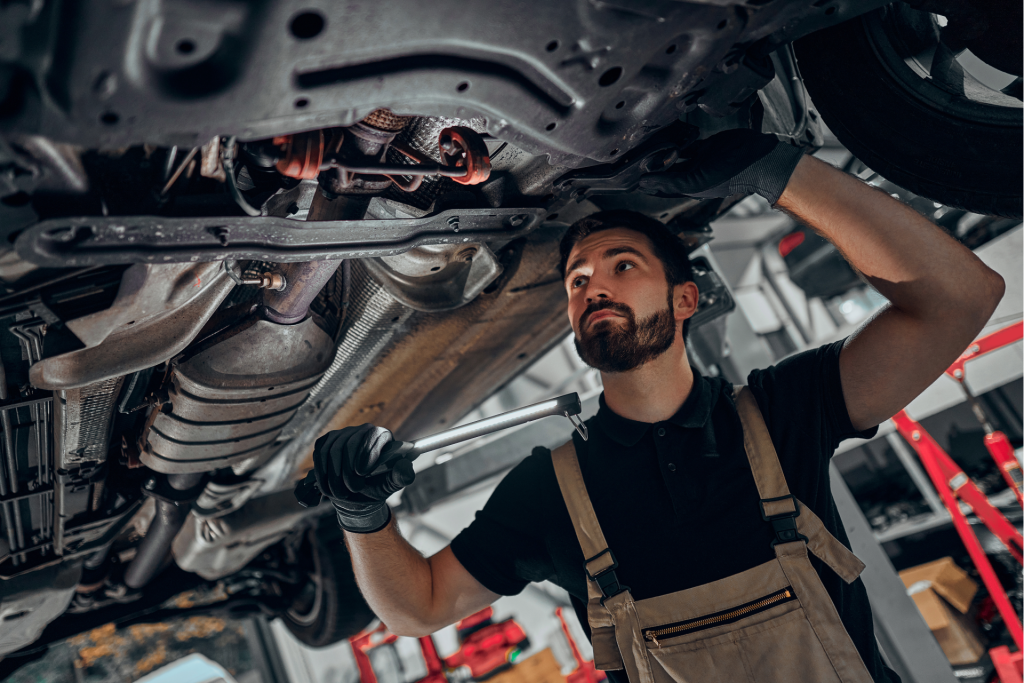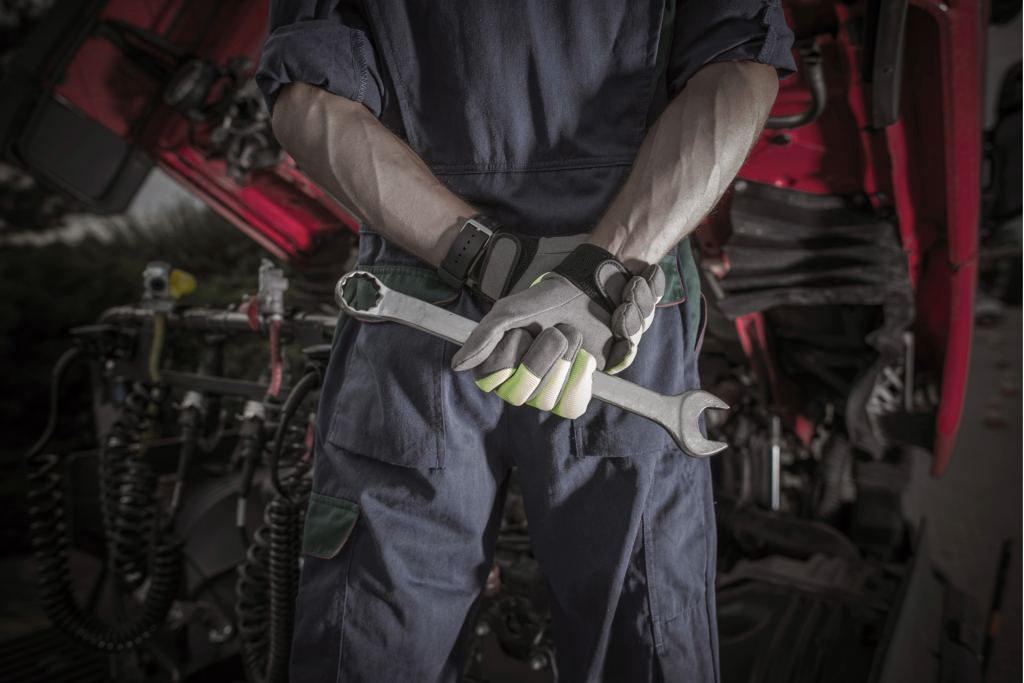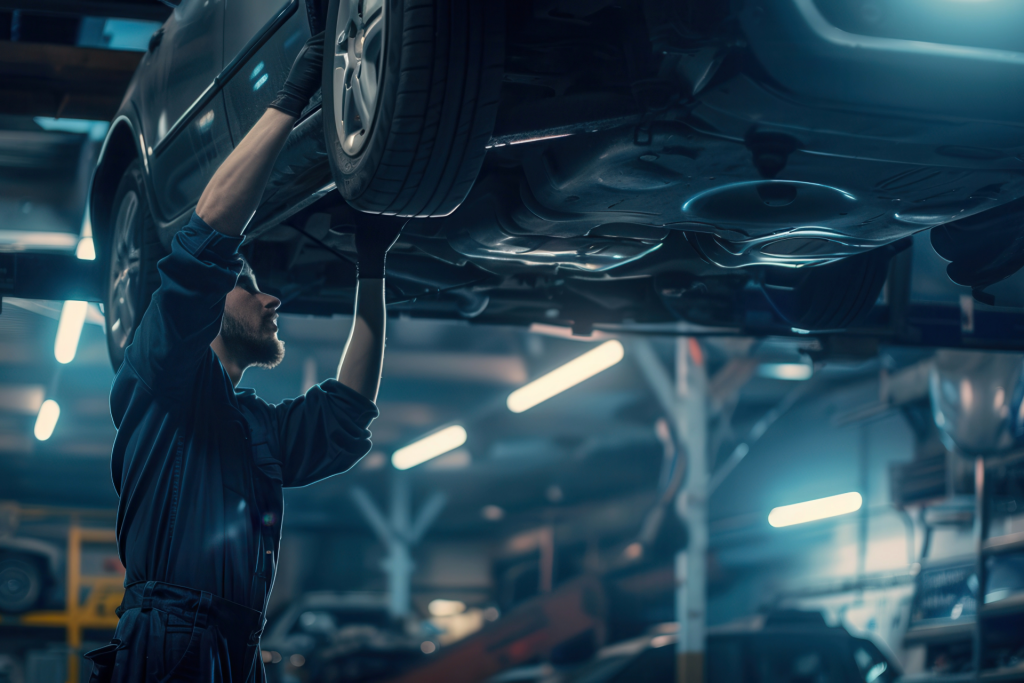Diagnose your Car Like a Pro and Fix Issues Quickly Drive with Confidence At SnapAutoFix
Diagnose your Car Like a Pro and Fix Issues Quickly Drive with Confidence
Understanding Common Car Issues: Diagnose Your Vehicle Like a Pro
When it comes to car troubles, it can be frustrating and time-consuming to figure out what’s wrong. However, understanding common car issues and diagnosing your vehicle like a pro can save you both time and money. By being able to identify the problem, you can either fix it yourself or communicate effectively with a mechanic, ensuring a quicker resolution.
One of the most common car issues is a dead battery. If your car won’t start and you hear a clicking sound when turning the key, it’s likely a dead battery. Another common issue is a faulty alternator, which can cause dimming headlights and a weak battery. Additionally, problems with the fuel system, such as a clogged fuel filter or a failing fuel pump, can lead to poor engine performance and stalling.
To diagnose these issues, you need to have a basic understanding of your car’s components and how they work together. It’s essential to consult your car’s manual to familiarize yourself with its specific parts and systems. Additionally, online resources and forums can provide valuable information and troubleshooting tips for your specific make and model.
Essential Tools and Techniques for DIY Car Diagnosis
To diagnose your car like a pro, you’ll need a few essential tools. A diagnostic scanner is a must-have tool that can read error codes from your car’s computer system. These codes can provide valuable insights into the underlying issues. Additionally, a multimeter is essential for testing electrical components, such as the battery and alternator. A fuel pressure gauge can help diagnose fuel system problems, while a compression tester can assess the health of your engine.
Once you have the necessary tools, it’s important to follow a systematic approach to diagnose the problem. Start by gathering information about the symptoms and any recent changes or incidents related to your car. Then, perform a visual inspection of the engine bay, checking for loose or damaged components. Next, use the diagnostic scanner to retrieve error codes and narrow down the potential issues. Finally, use the appropriate tools to test the suspected components and verify their functionality.
Troubleshooting Tips: Fixing Car Issues Quickly and Efficiently
Fixing car issues quickly and efficiently requires a systematic troubleshooting approach. Start by prioritizing the most critical issues that affect your car’s safety and performance. For example, if your brakes are squeaking or grinding, it’s crucial to address this issue immediately to avoid potential accidents. On the other hand, cosmetic issues, such as a broken side mirror, can be addressed at a later time.
When troubleshooting, it’s important to be patient and methodical. Avoid jumping to conclusions or making assumptions without proper evidence. Take the time to thoroughly inspect and test each component related to the problem. If you’re unsure about a particular diagnosis or repair, don’t hesitate to seek professional advice or consult a trusted mechanic.
Drive with Confidence: Maintaining Your Car’s Health for a Smooth Ride
Maintaining your car’s health is essential for a smooth and worry-free driving experience. Regular maintenance tasks, such as oil changes, tire rotations, and air filter replacements, can prevent major issues and extend the lifespan of your vehicle. Additionally, paying attention to warning signs, such as strange noises, vibrations, or dashboard warning lights, can help you catch problems early on and avoid costly repairs.
According to a study conducted by CarMD, the average cost of a check engine light-related repair in the United States is $387. However, by performing regular maintenance and addressing issues promptly, you can significantly reduce the risk of expensive repairs. Furthermore, a well-maintained car is more fuel-efficient, saving you money at the pump.
In conclusion, diagnosing your car like a pro and fixing issues quickly is crucial for driving with confidence. By understanding common car issues, having the essential tools and techniques for DIY diagnosis, and following troubleshooting tips, you can save time and money. Additionally, maintaining your car’s health through regular maintenance tasks and addressing issues promptly will ensure a smooth and worry-free driving experience. So, equip yourself with knowledge and tools, and drive with confidence knowing that you can diagnose and fix car issues like a pro.

